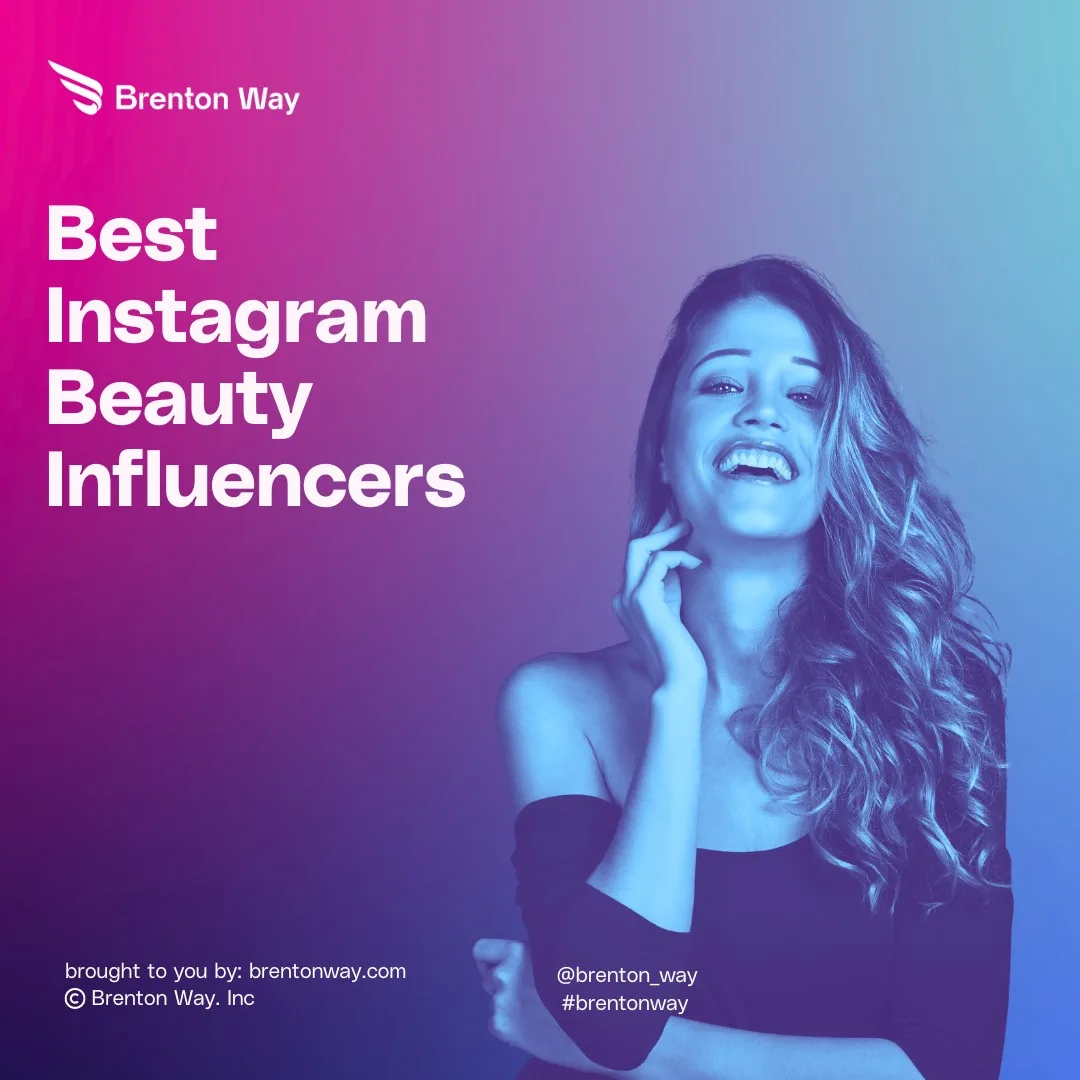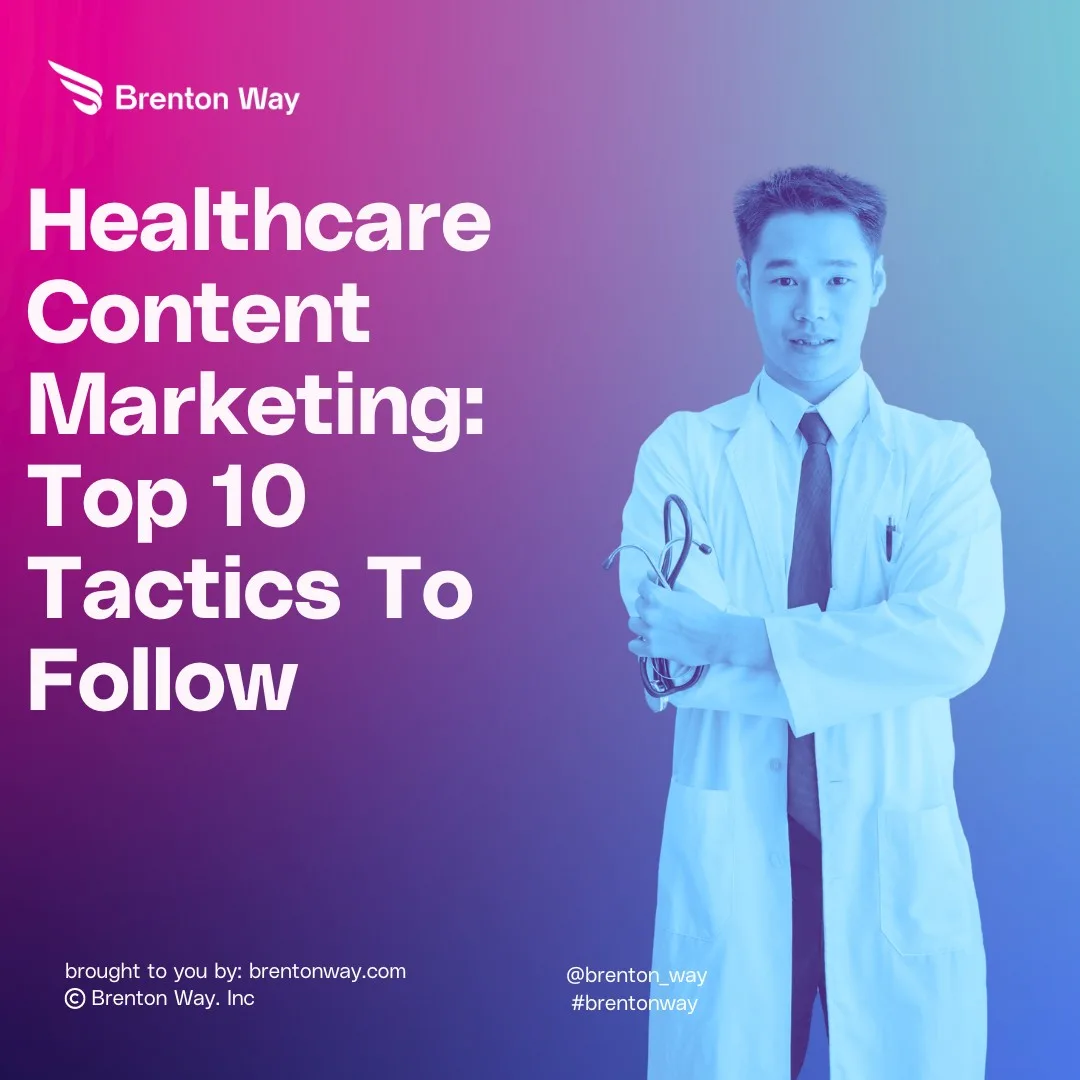
Healthcare content marketing is one of the best ways for healthcare providers, pharmaceutical companies, and other medical organizations to engage with their target audience, build trust, and establish thought leadership. About 96% of marketers believe content marketing is one of the most effective brand marketing strategies. Not only does it educate audiences, but also helps […]

Healthcare content marketing is one of the best ways for healthcare providers, pharmaceutical companies, and other medical organizations to engage with their target audience, build trust, and establish thought leadership.
About 96% of marketers believe content marketing is one of the most effective brand marketing strategies. Not only does it educate audiences, but also helps in increasing brand trust.
However, before curating a content marketing strategy for your medical business, you need to have a blueprint of the best healthcare content strategies to attract patients to your clinic.
In this article, I have listed the top 10 healthcare content marketing tactics to help enhance your brand authority and gain patient trust.
Let’s begin!
Medical content marketing requires a delicate balance between providing valuable information and adhering to regulatory guidelines.
As a healthcare service provider, you need to ensure that your content is accurate, transparent, and compliant with relevant laws and regulations in the healthcare industry.
Here are the ten best healthcare content marketing strategies to follow in 2023 and ahead:
It is essential to understand the patient’s needs and requirements before investing in different formats of content. Begin with researching who your audience is and what they want.
Remember that you are not creating your content for everyone. Hence, it should be medical-specific to educate your patients and other stakeholders.
Develop patient personas based on demographic information, medical conditions, and common pain points. These personas can help you understand the specific needs, motivations, and preferences of different patient segments, allowing you to tailor your content accordingly.
Here is an example patient persona that can be useful for a maternity product brand or a hospital:

You can also analyze their social engagements and search queries through careful social listening. Make sure you address their needs, queries, and pain points in your content.
Before diving into content creation, it is essential to create a blueprint for your content. A blueprint is a document that describes how you will be moving forward with your content creation.
It gives you an estimate and overview of the content creation cost, channel comparisons, pros and cons of a particular tactic, which tools and software you will need, the resources needed in creating content, and the purpose of your content creation.
Here are the key areas you need to focus on while creating a content marketing blueprint:
When you are delivering health-related information to your audience to gain their trust, you should always prioritize delivering authentic and reliable content derived from reliable sources.
Since you are creating content for patients and healthcare experts, the information is sensitive and can affect the lifestyle of your target audience.
For this, choose reliable sources like notable publications, press releases, books, and websites to draw statistics and health-related facts.
While searching for information to include in your content, ensure that you double-check the information from more than two sources to mark its credibility. Also, your research and sources should match the context of your content.
Additionally, make sure the information you are looking to include in your content is up-to-date and not stale, as it can affect the quality of your content negatively.
Email marketing is one of the best methods to deliver brand content to the target audience. You can attract patients and leads via emails by including relevant information and offers based on the patient persona.
Additionally, email marketing can encourage smooth lead communications and automation of appointments to create long-lasting relationships with patients.
Here is how to master your medical content marketing strategy with emails:
About 60% of the total world population actively uses social media platforms, including Facebook, Instagram, Twitter, YouTube, and Snapchat. It is considered one of the fastest mediums to reach your target audience in any sector, including healthcare.
Marking your medical business presence on the social media channels through various marketing strategies where your audience is present can prove to be highly effective as it can contribute to drawing organic traffic to your site, improving your conversion rates, and enhancing your sales funnel.
Here is how you can strengthen your social media content marketing:
An infographic is more likely to keep the users engaged by almost 30 times more than a regular article.
Additionally, 91% of consumers say that they prefer content in the form of videos from their favorite brands.
Infographics serve the purpose of explaining tricky topics in an interesting and simpler manner. Substantial use of infographics in your regular content promises improved conversions, SEO rankings, shareability, and brand awareness.
You can also create your YouTube channel and post consistent videos on various trending health-related topics, which will help you create a loyal audience as well as a patient base.
Depicting your brand image, values, missions, products, and services through videos and infographics instantly draws audiences’ attention toward your brand. The only catch is that the content of these mediums should be relevant and informative.
Audiences and search engines strictly reject low-quality content and constantly look for high-quality content, be it in any format. Repurposing your older content means reusing it in a better manner or a different format to reach more people.
Not only this, repurposed content gives fresh chances to underperformed content to gain audience traction. Additionally, it saves time and money spent on creating and researching fresh content.
Here are the tips you can leverage to repurpose your existing medical content:
There is a high chance that bot-generated content fails to connect with the target audience as it misses the emotional connection which is necessary for the healthcare sector.
Using a conversational and human tone in your content gives your brand the advantage of connecting with patients on a personal level.
Always ensure that your content pieces use first and second-person explanations with “I,” “we,” and “you” perspectives rather than the third person. This approach builds trust among the audience that they are connecting with humans and not bots. Also, ensure that you build your content around active voice.
When approaching your patients through content, make sure that you avoid sounding too professional as it might discourage your readers from reading or interacting with your content.
To keep the readers and viewers engaged, use interesting questions related to the topic touching on their pain points.
Around 71% of consumers choose and enjoy collaborative partnerships. Leverage this opportunity and the goodwill of your peers to attract more patients to your healthcare company.
By collaborating with industry experts and other health-related companies, your brand exposure will significantly take a hike leading to improved revenues as the target audience for both brands is somewhat similar.
You can create content in any form, including blogs, videos, social media posts, infographics, podcasts, and webinars to engage patients from various sources.
Leading lifestyle company Target and children’s fund organization Unicef joined hands to create a children’s health band to encourage child health and sustainability. Both organizations got more exposure and reach with various forms of co-branded content, including infographics, blogs, and videos.

Content audit refers to evaluating your content across various platforms, including social media, website, email, and landing pages, to check if the information you are offering to the patients and healthcare professionals is accurate and up-to-date.
Determine whether the content aligns with your healthcare business’s objectives and meets the needs of your audience.
Evaluate the quality of each content asset based on factors such as accuracy, clarity, depth, and readability. Check for any outdated or inaccurate information that needs to be updated.
Look for content pieces that your patients want and that you are missing out on. Evaluate what your top and lowest-performing content are. Ensure that there are no outdated pieces in your content. If any, update them to have optimized content pages.
The final step is to perform actions and rework your content. In your content audit checklist, add another column mentioning the changes you have made for future comparisons.
| Are you a healthcare business struggling to connect with your target audience? At Brenton Way, we specialize in healthcare content marketing, helping businesses like yours establish a strong online presence, build trust, and attract new patients. Schedule a strategy call and get access to data-driven unique healthcare content. Our team of writers combines their expertise and creativity to deliver high-quality consumable, relevant, shareable, and searchable content to improve your overall marketing score. |
Implementing effective healthcare content marketing tactics is crucial for driving engagement, building trust, and ultimately growing your medical business.
Combine the above medical content marketing tactics with your existing healthcare digital marketing strategy to ensure that you get maximum brand exposure.


